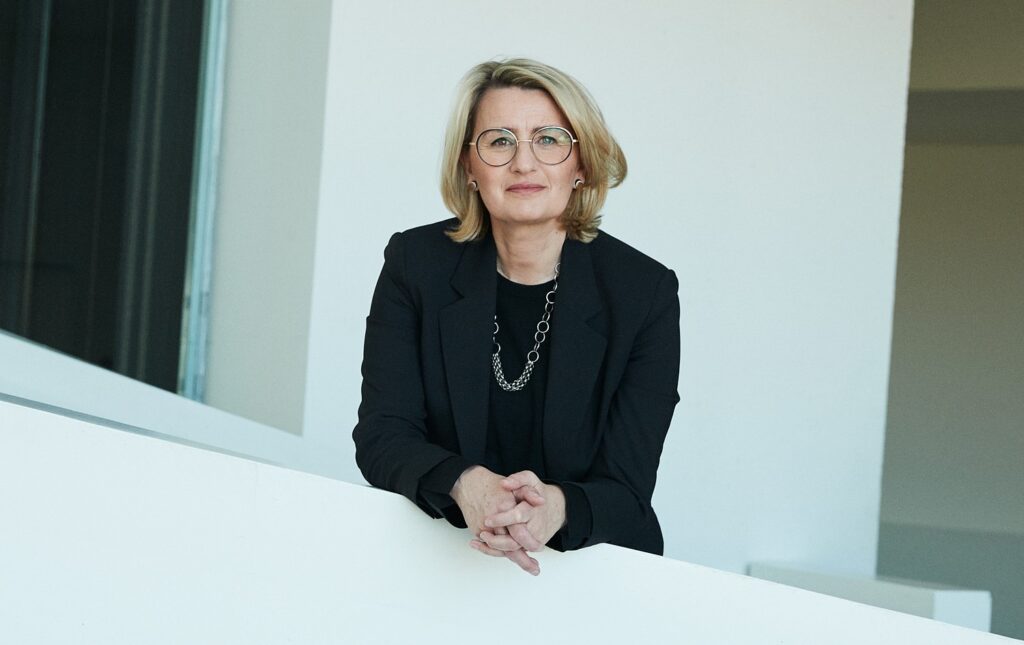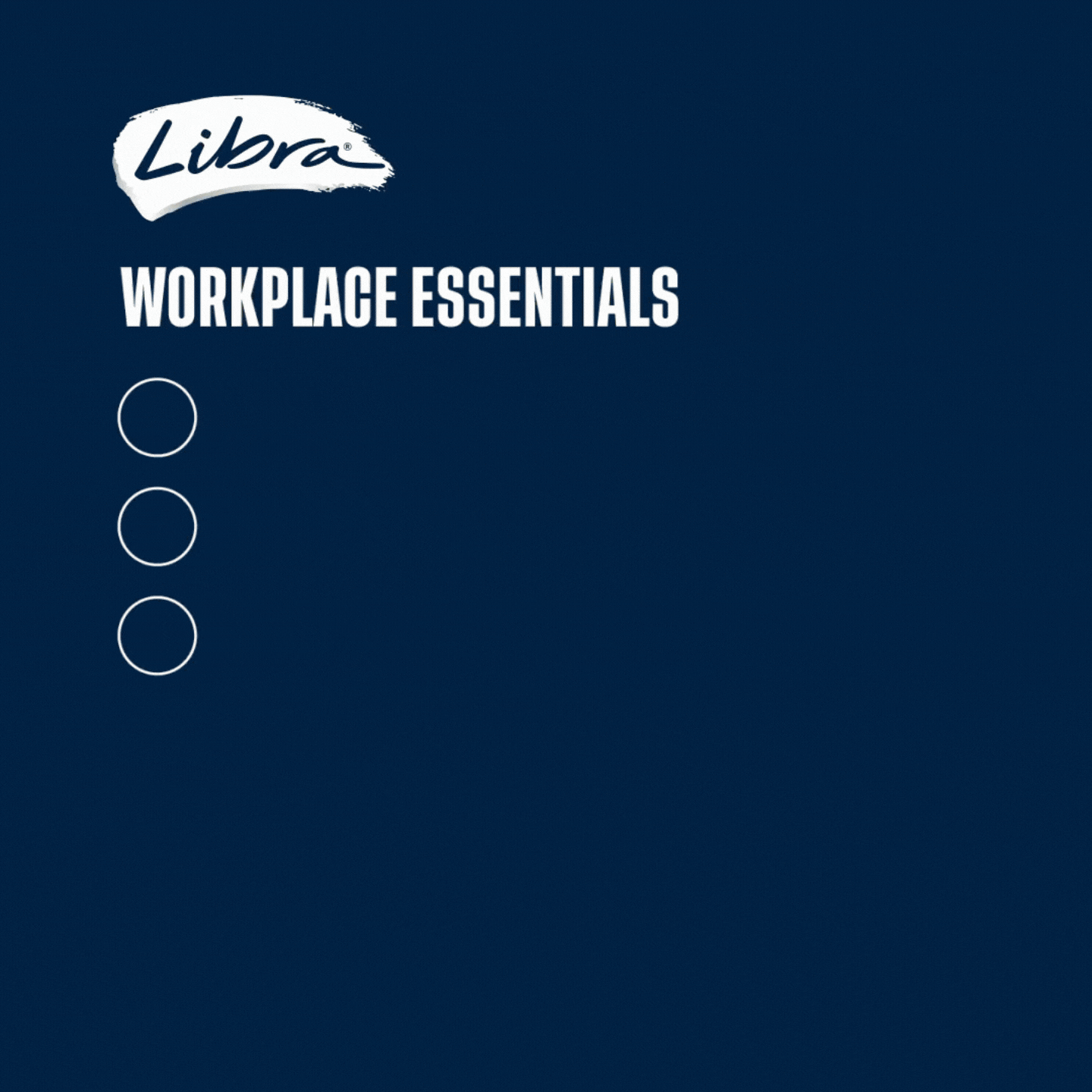When Rebecca Matthews took the top job at one of Denmark’s most prestigious museums, she’d already racked up many notches under her belt in the art world.
The British-born dual Aussie citizen, who studied art history in England, has worked for the British Council in both Australia and New York, as well as being director of government relations at the Sydney Opera house.
So when Matthews finally settled in Denmark for the second time and became the director of ARoS – located in the nation’s second biggest city Aarhus – in 2022, she had a pretty good idea of how people from various cultural backgrounds approached the work-life balance.
“In Denmark there is an innate trust, an expectation, that your family comes first,” she tells me over coffee in her artfully decorated office. “Everyone takes off the same holidays, and there is a real focus on the community. People regularly leave work by 3pm to pick up their kids from school, and no one blinks an eye.”
As anyone who works in Australia knows, the school pickup is a nightmare for most parents, a task usually relegated to mothers. In 2023, NSW MP Jordan Lane called attention to the issue by stating that “[the education system] is a relic of a sexist, bygone era where society assumed women stayed at home and were responsible for the school pick-up”.
He suggested school hours should be extended to 6pm to match working hours. For Danes, this solution is anathema: why not just work less, but more effectively?
“There is a lot more acceptance in the Nordic countries that people have a life outside of work,” says psychologist and quality of life researcher at the Norwegian Institute of Public Health, Ragnhild Bang Nes.
“Just the other day, I was teaching with a colleague and suddenly she said she needed to go and pick up her kids. This is normal. Also, if the kids are a bit sad you can bring them to work. This, along with a generous parental leave policy, makes it easier to combine having a career and kids.”
In Australia, telling the boss you have to leave to pick the kids up from school on time is considered above and beyond for employers, and is more likely to be part of an employee retention strategy rather than a workplace policy, says managing director at Workplace Culture Institute, Kirstin Skinner.
“Australia does not have the same degree of flexibility as Denmark,” she says. But things are slowly changing, with more and more employees – men included – asking for flexible arrangements following the WFH success during the pandemic.
Skinner, whose job is to speak to business owners, company leaders, HR professionals and employees to fix company culture, says flexible working has become the most important consideration for most workers, surpassing remuneration.
“Some people value having kids and picking them up from school, and they want their employer to facilitate that. It’s some of the demands we’ve seen increase in the workplace over the last few years,” Skinner tells me from her Perth office.
Workplace culture, however, is taking longer to match the demand.
“Despite caretaking roles becoming more equal between men and women, men asking for time to look after their children is still not entirely accepted,” she says, adding that bosses still ask why “the wife” can’t do it.
This enduring lack of understanding in the workplace, combined with high childcare costs, is why Australian mothers of young children in couple families continue to work part-time more than their OECD counterparts.
According to OECD data, part-time work is particularly common in Australia, Austria, Germany, the Netherlands and Switzerland, where more than half of all employed mothers do not work full-time.
By contrast, countries such as Denmark, Estonia, Finland, Greece, Hungary, Latvia, Lithuania, Poland, Portugal, Slovenia, Sweden, the Czech Republic, the Slovak Republic, and Turkey have less than 10% of employed mothers working in part-time arrangements.
For those who do work full time in Australia, they tend to work harder – and longer – than most other OECD countries. Overtime, often coerced and unpaid or without lieu days, is a hidden burden for many Australian workers, many of whom are expected to work 12-hour days.
“I was very surprised at how hard Australians work,” Matthews said. “There’s this perception outside that everyone’s kind of at the beach and having a lovely time, and maybe so in some cases, but Australians work hard – very long hours, and they’re really committed to their job.”
Leadership in Denmark is also based on a very non-hierarchical, collaborative approach, more than in the UK or Australia in many ways, something that Matthews had not encountered so much in her former positions.
“There is so much consultation in Denmark, which is one of the first things I learned when I started working here in 2013 at the European Capital of Culture ,” she recalls. “I made a decision about something in the meeting and afterwards someone said, ‘you kind of don’t just make a decision here; you consult and then you take the decision after”.
She has since learnt to involve members of her team much more deeply in decision making, including following the Danish practice of always having someone present from the team at an interview for a new role, at whatever level.
Of course, it’s not all rainbows and roses up north. Denmark, like most other nations (if not all) suffers from sexism in the workplace, and its leadership ranks. This was recently illustrated by Danish gender and diversity think tank EQUALIS, whose stats revealed that gender equality progress in Denmark’s labour market has come to a standstill.
The results stand in stark contrast to Denmark’s self-narrative (and international reputation) as a beacon of gender equality.
“Many Danes still believe that a lack of women in the top job, for example, is due to personal choice and not systemic injustices,” says Gine Maltha Kampmann, Director of EQUALIS.
Even with this taken into consideration, Australian workplaces have much to learn from Denmark’s more relaxed attitude to work. They work less hours but still get things done, as is evidenced by the nation’s success in environmental quality, civic engagement, education, skills, jobs, earnings, well-being, personal security and social connections.
At the end of the day, the stats don’t lie. As the OECD Better Life report found, Danes have a better work-life balance than any other country surveyed, with only 2 per cent of employees regularly working very long hours. Instead, they spend about two-thirds of their day eating, sleeping, engaging in hobbies and generally being social.
And I have to admit, seeing all these people out and about enjoying pastries during the day, eating languorous lunches and never, ever hurrying anywhere is a welcome change.
Feature Image: Director of ARoS, Rebecca Matthews.


